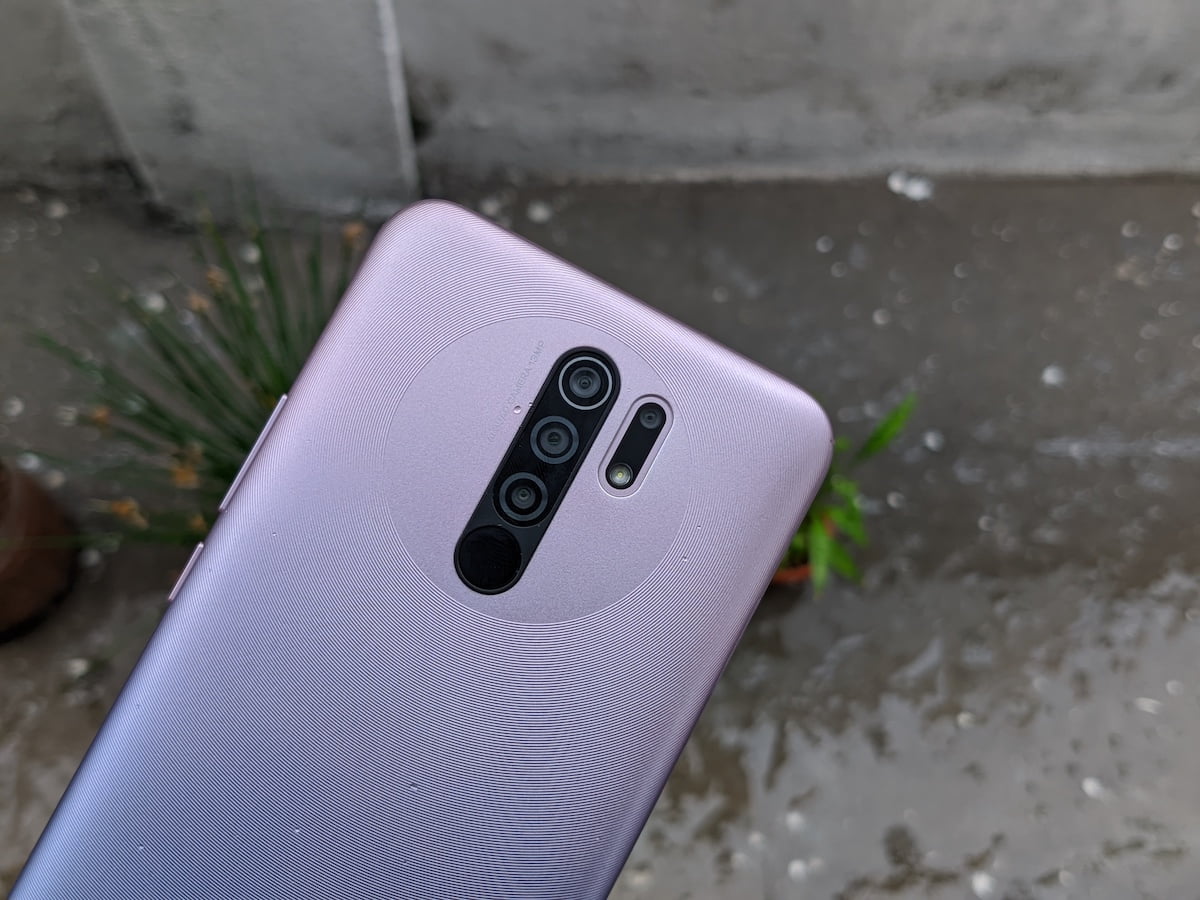In just a span of three weeks, Xiaomi has launched two Redmi smartphones in India. The first one to arrive was the Xiaomi Redmi Note 9 and the most recent one is the Redmi 9 Prime. Both smartphones are very important to Xiaomi in the current scenario. The Redmi Note 9 is the first ‘Redmi Note’ series smartphone to cross the Rs 10,000 price bracket, thanks to the situation we are in right now. The Redmi 9 Prime, on the other hand, kind of takes the Redmi Note position in the country with its starting price of Rs 9,999. After the Realme C15’s launch in India, it is evident that the Redmi 9 Prime is the best smartphone under Rs 10,000 in India right now. But the Redmi Note series garnered a lot of popularity over the last few years and we should not forget the Redmi Note 9’s price of Rs 11,999. How does the Redmi Note 9 and Redmi 9 Prime differ on paper? Let’s find out.
Xiaomi Redmi Note 9 vs Redmi 9 Prime: Design and Display
Kicking things off with the design, both the devices are built out of plastic which is a very important thing worth considering. The Redmi Note 9 follows the design language Redmi Note 9 Pro devices with a square-shaped quad-camera module on the rear side along with a fingerprint scanner. Coming to the Redmi 9 Prime, there’s a circular ring similar to the Poco X2 that houses the four camera modules and also the fingerprint scanner. Despite having the same build material, Xiaomi has cleverly differentiated the two phones. The Redmi Note 9 goes for a glossy finish on the back, whereas the Redmi 9 Prime has a matte finish. The difference can be seen on renders as well as real life. As for the display, we are looking at a 6.53-inch Full HD+ IPS LCD panel on both the handsets. The Note 9 has a punch-hole cutout on the top left side of the screen; The Redmi 9 Prime has the tried and tested teardrop notch. An aspect where the Redmi Note 9 shines is the presence of Corning Gorilla Glass 5 protection as the Redmi 9 Prime uses Corning Gorilla Glass 3.
Xiaomi Redmi Note 9 vs Redmi 9 Prime: Hardware and Software
Here’s where things get slightly interesting. The Redmi Note 9 is powered by the MediaTek Helio G85 chipset, paired with 4GB/6GB of RAM and 64GB/128GB of storage. The Redmi 9 Prime uses the MediaTek Helio G80 SoC which works in tandem with 4GB of RAM and 64GB/128GB of onboard storage. Both the phones feature a dedicated microSD card slot for storage expansion up to 512GB. The performance in real-life may not be noticeable to the naked eye as both the processors feature identical specifications with the differentiating factor being the clock speeds of CPU and GPU.
They come laden with Android 10-based MIUI 11 out of the box and are slated to receive MIUI 12 update in the coming weeks.
Xiaomi Redmi Note 9 vs Redmi 9 Prime: Cameras
As you have read above, the Redmi Note 9 and Redmi 9 Prime both feature a quad-camera setup on the rear side, but they are some noticeable changes. The Redmi Note 9 has a 48MP primary shooter as compared to the 13MP shooter present on the Redmi 9 Prime. The rest three sensors are identical on both of them- an 8MP ultra-wide-angle shooter with 118.2-degree field-of-view, 5MP macro lens on the Redmi 9 Prime & 2MP macro lens on the Redmi Note 9 and a 2MP depth sensor can be seen on both the phones. There’s a 13MP AI Selfie camera on the Redmi Note 9 and an 8MP shooter is present on the Redmi 9 Prime.
Xiaomi Redmi Note 9 vs Redmi 9 Prime: Battery
Similar to other Xiaomi phones released in 2020, the Redmi Note 9 and the Redmi 9 Prime come with a 5020mAh cell. However, the difference between the two can be noticed in the charging speeds section. The Note 9 supports 22.5W fast charging (although it is capped to 18W and an OTA update will remove the cap very soon). Xiaomi is also bundling a 22.5W fast charger inside the retail box of the Redmi Note 9. The Redmi 9 Prime has support for 18W fast charger, but inside the retail box, we only get 10W fast charger.
Xiaomi Redmi Note 9 vs Redmi 9 Prime: Pricing
The Xiaomi Redmi Note 9 comes in three variants and four colours. The base variant with 4GB of RAM and 64GB of storage costs Rs 11,999, followed by the 4GB+128GB model at Rs 13,499. Lastly, there’s a premium 6GB+128GB model that’s retailing for Rs 14,999. Users can purchase the Redmi Note 9 in Aqua Green, Arctic White, Pebble Grey and Scarlet Red. The Redmi 9 Prime has been launched in two variants- 4GB+64GB and 6GB+64GB at Rs 9,999 and Rs 11,999, respectively. It also comes in four colour options- Matte Black, Mint Green, Space Blue and Sunrise Flare. As always, the devices are available via flash sales on Mi.com. Watch out to Xiaomi India’s Twitter handles or visit Mi.com for exact sale dates.

